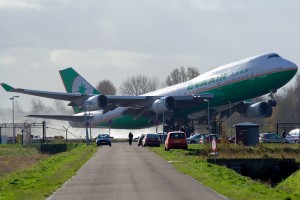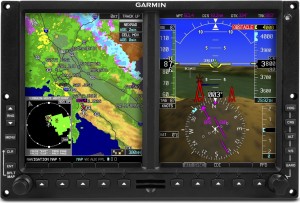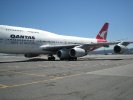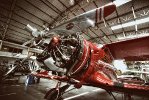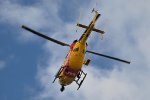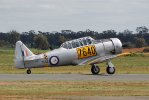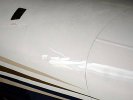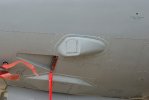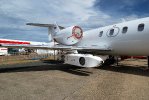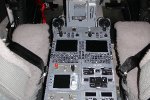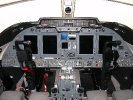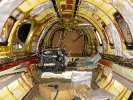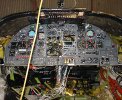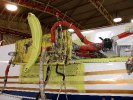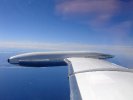 This has to come pretty close to the ugliest plane I have seen at our airport! The light blue paint job certainly did not do it any favours! This big bad boy is a twin engine (LEONIDES 531/8, whatever the hell those are! 9-cylinder supercharged aircooled radial piston engine – 550 odd HP) taildragger, another strike against it! I feel sorry for the pax, talk about a vertigo trip and you have not even lifted the tail! It feels like your climbing everest when trying to get to the cockpit!
This has to come pretty close to the ugliest plane I have seen at our airport! The light blue paint job certainly did not do it any favours! This big bad boy is a twin engine (LEONIDES 531/8, whatever the hell those are! 9-cylinder supercharged aircooled radial piston engine – 550 odd HP) taildragger, another strike against it! I feel sorry for the pax, talk about a vertigo trip and you have not even lifted the tail! It feels like your climbing everest when trying to get to the cockpit!
Nonetheless we should concentrate on its good points…top speed? 145kts, well thats pretty good considering the size of the wings and the fuse, on that note you could probably land it in a footy field with those flaps and slats 🙂 This one i think was built around 1958, there were also military models, this may explain the tri-tail configuration to help against enemy fire – I think damage tolerance had a different meaning back then 🙂
What else we got? the cabin is very roomy with plenty of emergency egress exits – all in the roof?! reminds me a little of the Shorts skyvan, come to think of it, thats gotta be the ugliest aircraft ever built and still flying. So, Twin Pioneer you off the hook here, the second ugliest plane on the airport (note the skyvan has a real uncarriage setup:) )
 An interesting note about this particular aircraft, on the left had side of the fuse (internal) there is a whole stack of hand scrawled notes/calculations, maybe the flight engineer ran out of paper?! Imagine that, mid-transit and heres your flight engineer calculating landing distances based on weight etc on the fuselage skin, that would be a sight.
An interesting note about this particular aircraft, on the left had side of the fuse (internal) there is a whole stack of hand scrawled notes/calculations, maybe the flight engineer ran out of paper?! Imagine that, mid-transit and heres your flight engineer calculating landing distances based on weight etc on the fuselage skin, that would be a sight.
Head on over to the gallery for a full series of pictures on this ugly duckling – a few of some great british engineering with chains, hydraulics and the like!
